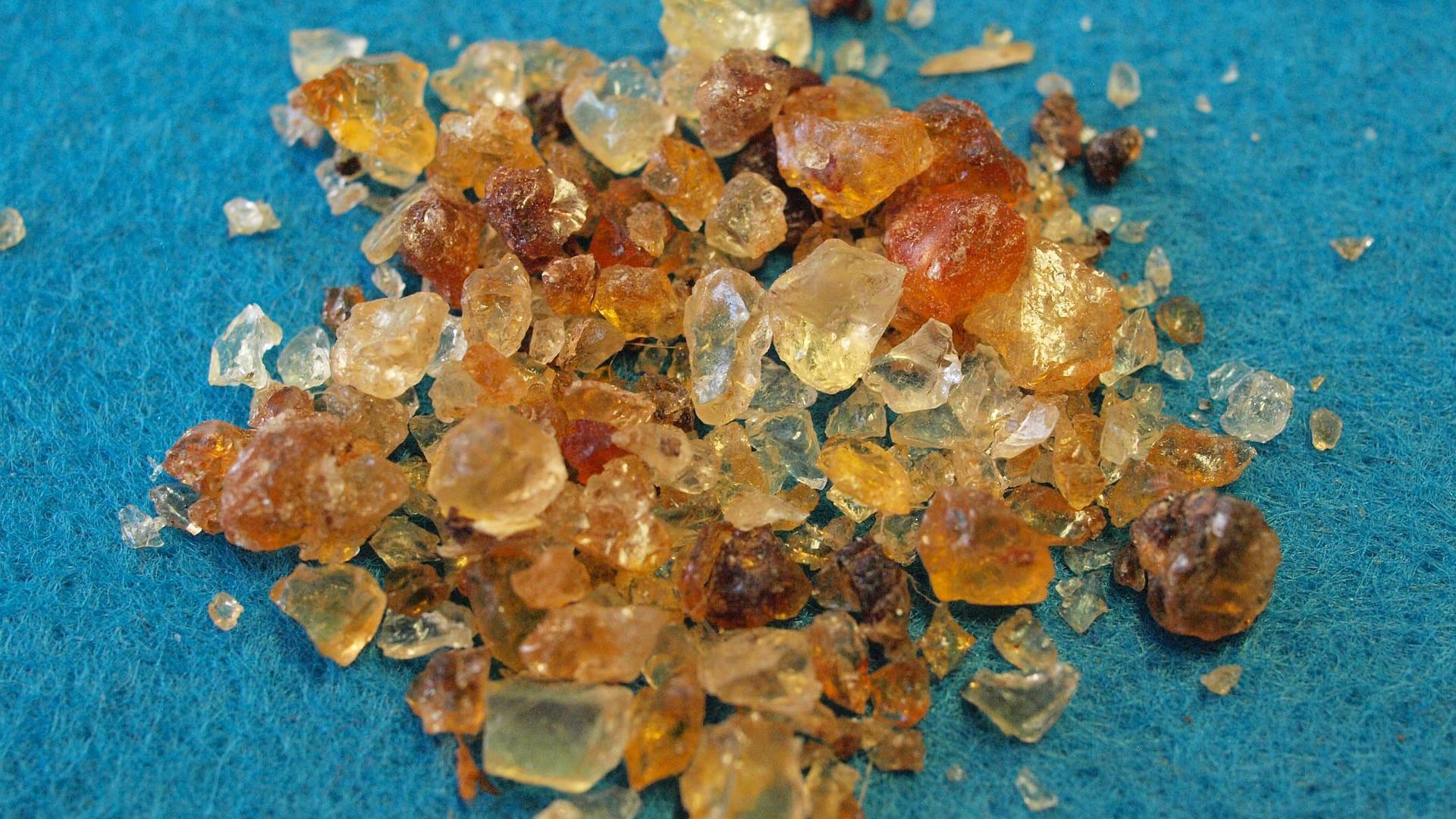Gum Arabic, also known as acacia gum, is a natural gum made from the sap of the acacia tree. It has been used for centuries in a variety of industries, including food, pharmaceuticals, and cosmetics. Sudan is one of the largest producers of gum arabic in the world, with an estimated production of over 80,000 metric tons per year.
The History and Culture of Gum Arabic Production in Sudan
Sudan has a long history of producing gum arabic, with some estimates suggesting that it has been produced in the region for over 5,000 years. The country is home to several species of acacia tree, including Acacia senegal and Acacia seyal, which are both used to produce gum arabic. The production process involves making an incision in the bark of the tree, allowing the sap to flow out and then collecting the dried sap.
Gum arabic production is an important part of Sudanese culture and heritage. It is often associated with nomadic and pastoral communities, who have traditionally collected and sold gum arabic as a source of income. In many areas of Sudan, gum arabic collection and production is a communal activity, with families and neighbors working together to harvest and process the sap.
The Importance of Gum Arabic to the Sudanese Economy
Gum arabic production is a major contributor to the Sudanese economy, particularly in rural areas where other sources of income may be limited. It is estimated that over 50% of the country’s gum arabic is produced by small-scale farmers and pastoralists. The industry provides employment opportunities for thousands of people and generates significant export revenue.
Sudan’s position as a leading producer of gum arabic has not gone unnoticed by the international community. The United Nations has recognized the importance of gum arabic to Sudan’s economy and has worked to support its growth and development.
Challenges Facing the Gum Arabic Industry in Sudan
Despite its importance to the Sudanese economy, the gum arabic industry in Sudan faces several challenges. These include fluctuations in demand and price, competition from synthetic substitutes, and difficulties in accessing international markets. These challenges can have a significant impact on the livelihoods of those involved in the industry, particularly those living in rural areas where gum arabic production is a valuable source of income.
Initiatives to Support the Gum Arabic Industry
Efforts are being made to address the challenges facing the gum arabic industry in Sudan and to support its growth and development. One such initiative is the Sudan Gum Arabic Initiative (SGAI), which was launched in 2008 with the aim of improving the quality and quantity of Sudanese gum arabic and helping to increase its competitiveness in global markets. The initiative has involved a range of stakeholders, including government agencies, international organizations, and private sector companies.
Conclusion
Gum arabic is an important product for Sudan, providing income and employment opportunities for many people. Its production is deeply rooted in Sudanese culture and heritage, and it plays a significant role in the country’s economy. While the industry faces challenges, efforts are being made to support its growth and development. The history and importance of gum arabic production in Sudan make it an integral part of the country’s culture and identity.
Gezira Group
Gezira is one of the most effective dealers of Gum Arabic in Sudan. It has a deeply rooted heritage of its activities as well as it being widely established and developed its practice in collecting, sorting, cleaning and transporting gum from our resources to Port Sudan. We have a large warehouse in Port Sudan where all goods are identified, inspected and repacked by experienced inspectors to match our client’s needs. In addition, we currently installed a lab for the testing of Gum. In addition, we have a full tracking system that tracks the product from the field until it reaches to the container. With more than 21 years of experience, the company continues to reinvent its business and drive it to new heights of performance with innovative and different products and customer partnerships.



